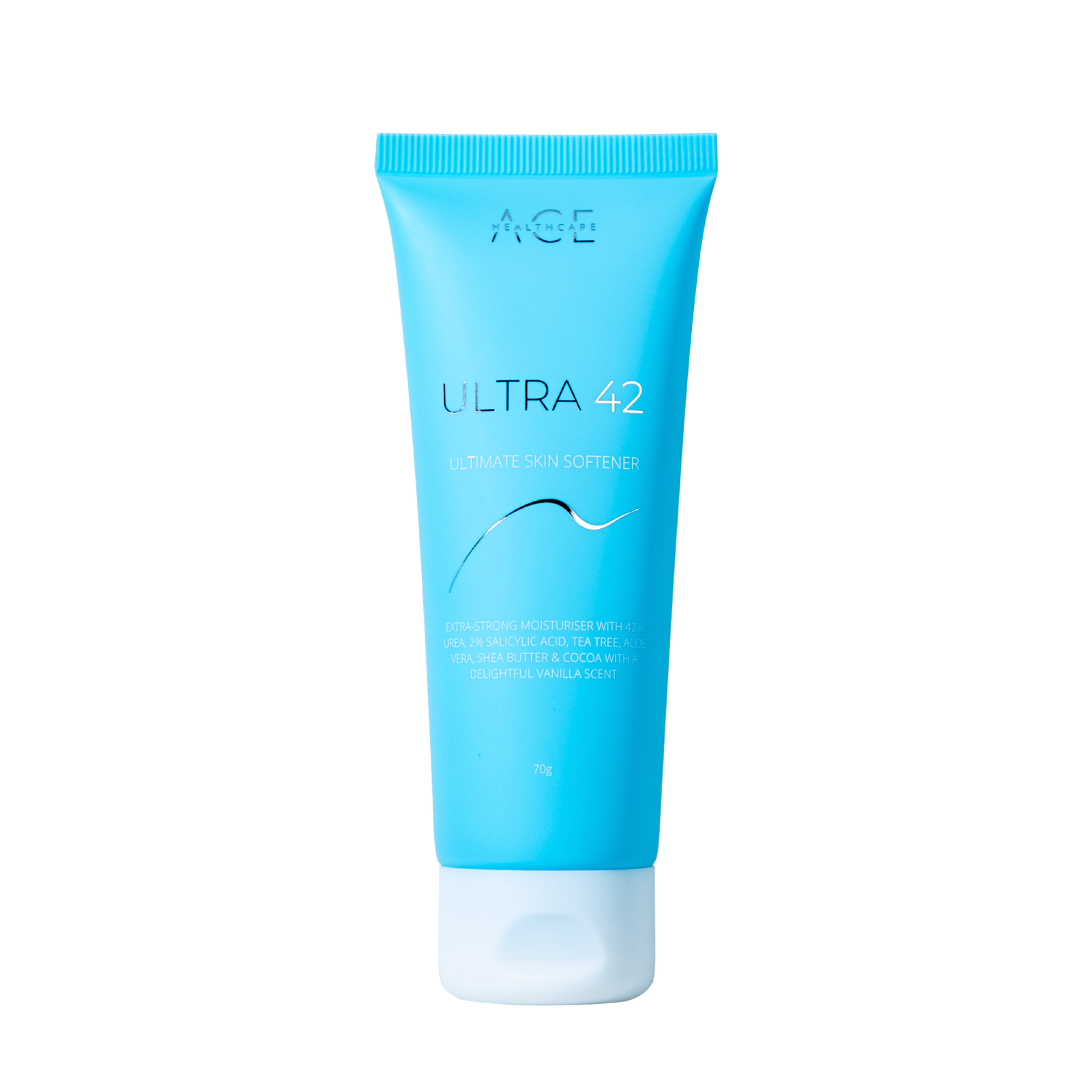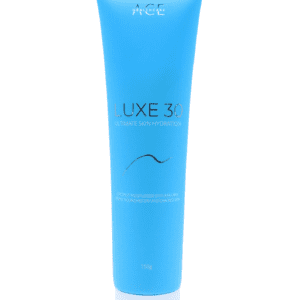Are you curious about the Russian manicure / pedicure trend? Let’s dive in! While this nail treatment has gained popularity, it’s important to understand the risks involved.
In this blog post, we’ll explore what makes a Russian mani or pedi different from other nail treatments, and also delve into the potential side effects and health concerns. If you’re ready to weigh up the pros and cons of this fashionable trend, keep reading for all the details!
Introducing the Russian Manicure and its history
The world of nail art has been captivated by the recent trend of the Russian manicure. As the name suggests, this style of manicure or pedicure originated in Russia and has since gained popularity worldwide. It has moved into Ukraine, Uzbekistan, and Kazakhstan – where it has gone so mainstream that traditional methods are no longer used – and has since been introduced in the UK, US and select salons in Australia.
Compared to traditional manicures or pedicures, the Russian manicure employs a more precise and intricate technique that requires special training and sterilising equipment
What is a Russian Manicure and how is it applied?
For the uninitiated, a Russian mani or pedi aims to achieve flawless, natural-looking nails with complete cuticle removal. Unlike traditional manicures, the Russian technique is a dry manicure (no soaking in water is required) and involves removing excess cuticles and dead skin around the nail bed. The technique consists of very precise cuticle work, often involving a nail drill and other special equipment.
Cuticle work is followed by nail shaping, or adding length. The longest part is application of the nail colour, which is applied deep under the cuticle to allow for minimal natural regrowth. You can expect the manicure to take up to 3 hours, or even up to 5 with the inclusion of extensions or nail art.
Potential risks associated with a Russian Manicure
Russian manicures have been growing in popularity among individuals who want a polished and long-lasting nail look, but it’s important to understand the potential risks associated. One major concern is the use of electric files to remove excess cuticles. This process can be aggressive and lead to painful nail bed injuries if not done properly.
Infection is the greatest risk associated with this technique. The proximal nail fold and cuticle serve to protect the nail plate from which the nail grows, and as a seal of protection around the outer nail to prevent infection. When you trim or cut your cuticles, it’s easier for bacteria and other germs to gain entry and cause an infection.
Regular abrasion to the proximal nail fold can also cause hyperpigmentation, and the build-up of skin in response to constant injury or irritation.
Finally, a Russian manicure involves using stronger chemicals to bond the nail extensions to the natural nails, so people with sensitive skin may experience adverse reactions or allergies.
Tips for reducing risks when getting a Russian Manicure
It is essential to do your research and go to a reputable salon with experienced manicurists to ensure that the proper techniques are used and safety precautions are taken to prevent any negative side effects.
If you are intent on trying this method, there are a few things you can do to minimise the risks. First, make sure to choose a reputable salon with high sanitation standards. It’s essential to ask what products and tools they use, how often they sterilise them, and what precautions they take to prevent contamination.
Secondly, communicate with your nail technician and inform them of any health concerns or allergies you may have. If something doesn’t feel right during the appointment, don’t hesitate to speak up.
Finally, follow the aftercare instructions diligently, including avoiding water for the first 24 hours and not picking at your cuticles.
Alternatives to getting a Russian Manicure
If you’re looking for an alternative to a Russian manicure, an option worth considering is a medical pedicure. While a Russian manicure focuses on cuticle removal and nail shaping, a medical pedicure takes a more holistic approach to foot care. During this treatment, a qualified podiatrist will work to correct any foot or nail problems you may be experiencing, such as ingrown toenails or fungal infections.
They’ll also provide guidance on how to properly care for your feet and prevent issues from arising in the future. So, if you want to give your feet some TLC while also keeping them healthy, a medical pedicure might be just what you need!
If you prefer an at-home treatment, we have a range of Dr.s Remedy nail care kits which are podiatrist-formulated solutions designed to minimise the appearance of dry brittle nails, hydrate nail cuticles and improve the wear-time of your nail colour. You can check out the range here.
Wrapping Up
Although it may be aesthetically pleasing, there are some risks associated with getting a Russian mani or pedi such as damage to skin and nails. .
Another option to consider is trying natural therapies or other alternatives to give your feet the pampering they need without the longevity that comes with a Russian manicure. Above all else, if you have any concerns about getting a Russian Manicure be sure to speak to your doctor or podiatrist.
As always, if you have any serious concerns about your feet we encourage you to visit your podiatrist. If you are based on the Gold Coast, we highly recommend our friends at ProMed Podiatry for their holistic approach to foot health.






